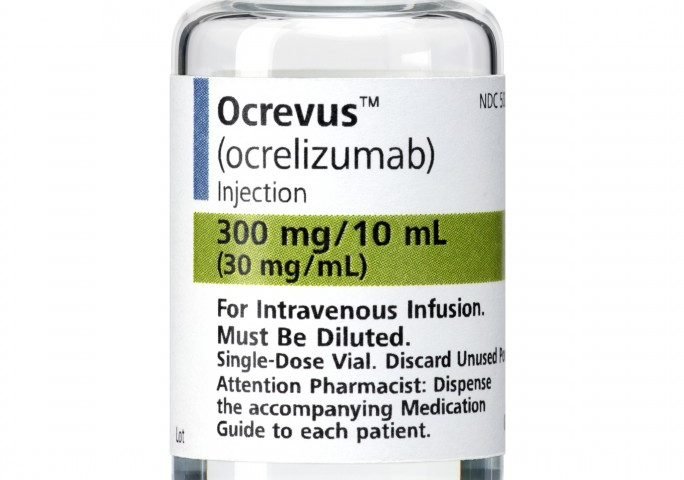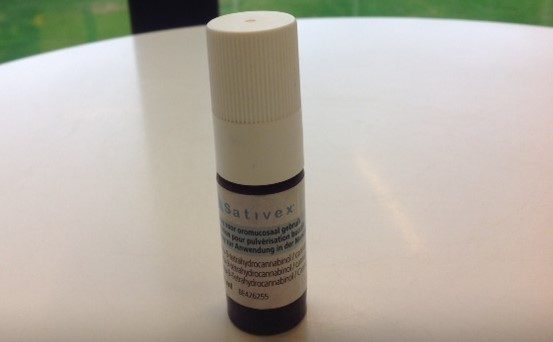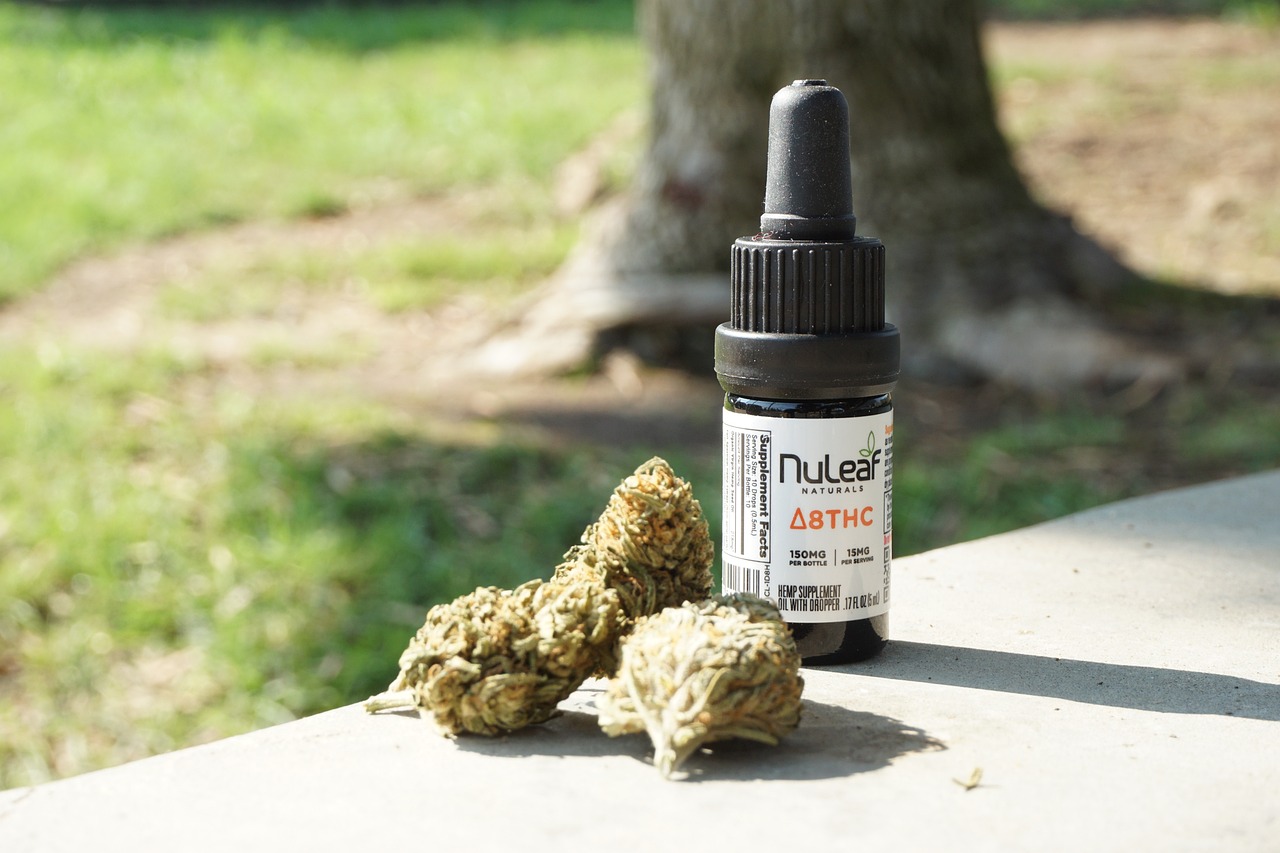The journal JAMA Neurology recently reported that a 78-year-old man with progressive multiple sclerosis died after being diagnosed with the brain disease progressive multifocal leukoencephalopathy (PML). The man, diagnosed with MS about 30 years ago, had been treated for two years with Ocrevus (ocrelizumab), and had no previous immunotherapy.
As of last December, 10 cases of PML had been reported in people being treated with Ocrevus since the U.S. Food and Drug Administration (FDA) approved the disease-modifying therapy (DMT) in March 2017, according to Ocrevus developer Genentech. But this man’s case is different from the other nine.
In the other cases, patients were previously treated with either Tysabri (natalizumab) or Gilenya (fingolimod) before being treated with Ocrevus. Genentech said that in nine patients, Ocrevus treatments were not determined to have been solely responsible for the PML infections. In the 10th case, however, Ocrevus was the only DMT the patient had received.
What happened?
According to JAMA Neurology, the man was diagnosed with PML after experiencing vision problems and confusion for two weeks. His symptoms progressed over the next few weeks and included vision loss, facial droop, and difficulty speaking.
Doctors discontinued his Ocrevus treatment and began therapy with the cancer medication Keytruda (pembrolizumab) and other meds. But the man’s condition declined rapidly, leading to his death. An autopsy confirmed the PML diagnosis.
Immunosenescence likely a factor
Doctors noted that the man’s older age likely played a role in the PML infection. There have been some reports, although it is rare, of PML in elderly people that may have been exacerbated by an age-related reduction in the production or potency of lymphocytes — cells that attack viruses — in their immune systems. This could result in immunosenescence, an increased susceptibility to infections and disease.
The authors of the JAMA Neurology article noted that clinical trials of Ocrevus were limited to participants ages 18-55, yet the FDA did not set age limits for older people when it approved the medication. Because Ocrevus was the only DMT approved for the treatment of primary progressive MS, the authors believe that many older patients decided to be treated with Ocrevus despite a lack of safety data about its effects on people with MS in their age group.
The authors concluded that, “Ultimately, while age-related immunosenescence and mild lymphopenia may have predisposed the patient to the condition, we believe that ocrelizumab was associated with the development of PML.”
Should Ocrevus users worry?
I’m not a medical professional, but common sense tells me there’s little need for concern for many of those being treated with Ocrevus. All DMTs that offer significant benefits carry a known risk of various side effects that can be severe.
Ocrevus is one of them. Lemtrada (alemtuzumab), which I was treated with when I was 69, is another. Tysabri, the DMT I used for seven years while in my late 50s and early 60s, is another. PML, specfically, is a known possibility for people treated with Tysabri.
Yet, many thousands of people with MS have been treated with these therapies without contracting PML. Careful monitoring and the use of blood tests and MRIs seem to be key to avoiding it. In Sweden and France, studies report significant drops in PML cases among Tysabri patients enrolled in risk-management programs, as Multiple Sclerosis News Today reported earlier this year.
So, need we worry about this case of PML? I think not. But we do need to understand the risks versus the benefits of our MS treatments, discuss them with our neurologists, and do our best to minimize those risks.
(A version of this post first appeared on the MS News Today website.)



